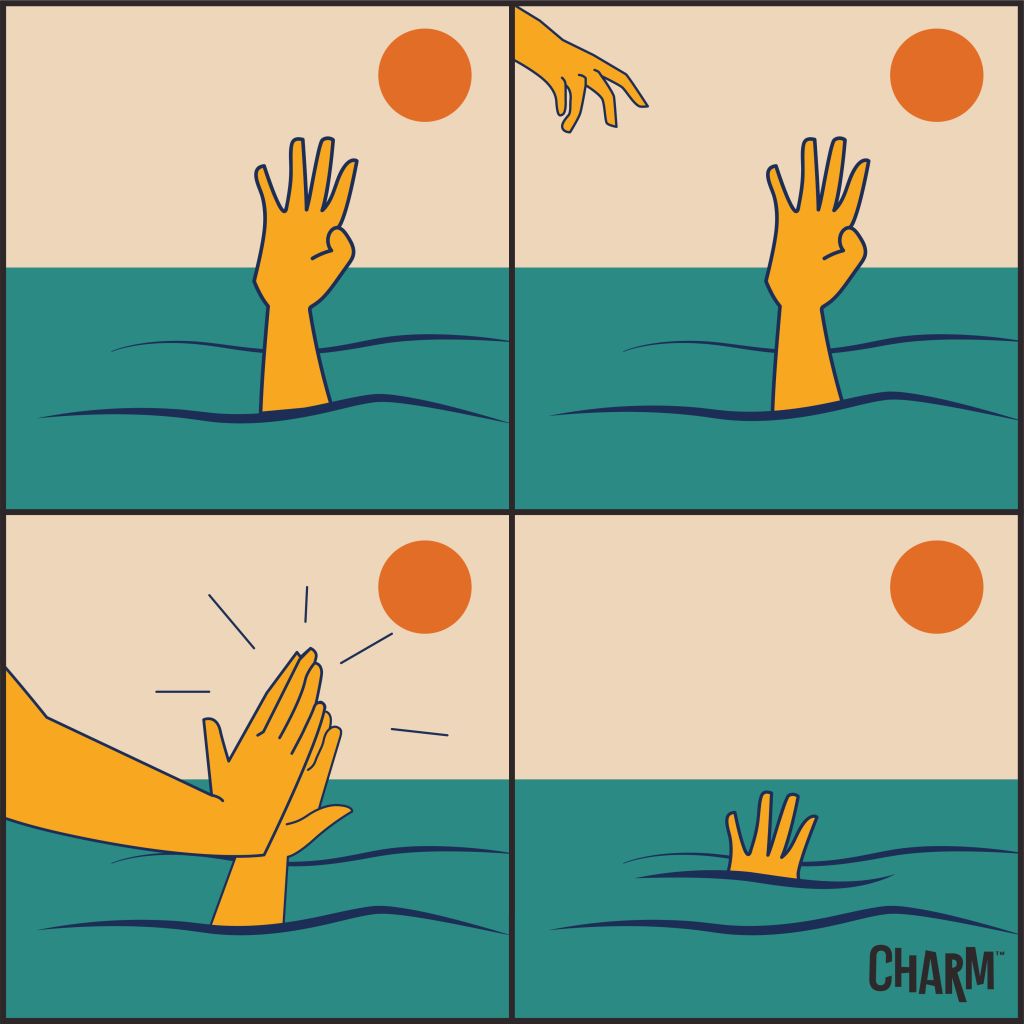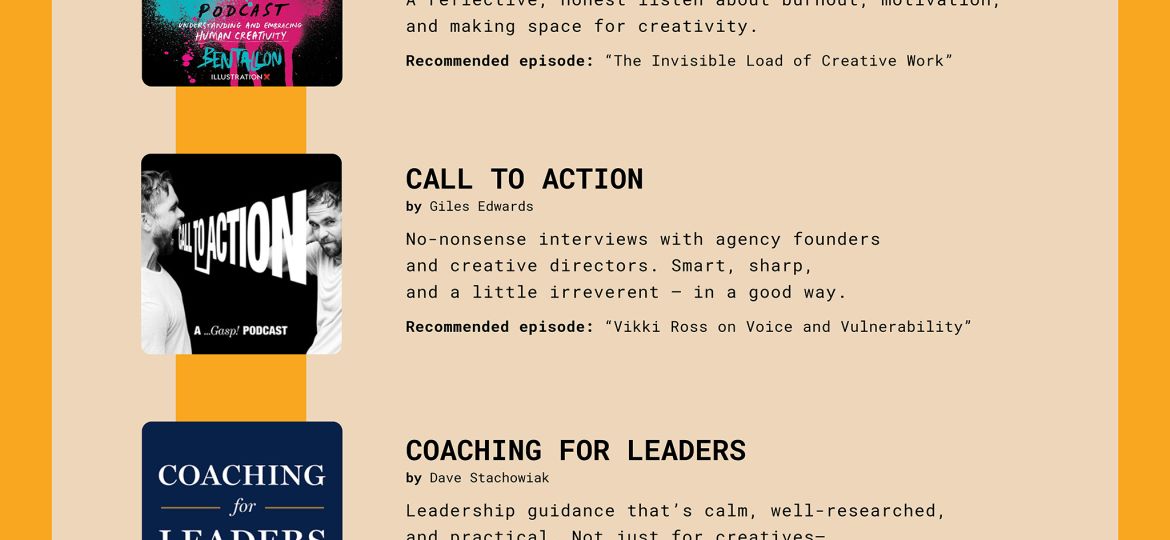If you’ve ever presented an idea, voiced a concern, or suggested a more effective approach—only to be ignored or dismissed—you’re not alone. Many designers feel unheard at work, whether by managers who don’t understand design, executives who prioritize speed over quality, or clients who assume their personal taste overrides expertise.
Being overlooked isn’t just frustrating; it can also lead to burnout, lower-quality work, and a workplace culture where creativity is stifled. But before you resign yourself to silent resentment (or start drafting your resignation letter), let’s examine why this happens and what you can do about it.
Why Are Designers So Often Ignored?
1. Your Boss Doesn’t Understand Design
Many decision-makers lack formal design training. They may see design as decoration rather than strategy, leading them to undervalue your insights.
2. They’re Focused on Speed and Budget
In fast-paced workplaces, managers may prioritize quick turnarounds over thoughtful solutions. If your expertise requires more time or resources, they may tune it out in favor of what seems “good enough.”
3. They Think They Already Know Best
Some leaders assume their instincts outweigh professional training. If they’ve worked with design before—even superficially—they might believe they know what works and disregard your input.
4. Your Ideas Aren’t Framed in Their Language
Even the best ideas get ignored if they’re not communicated effectively. If you’re using design terminology instead of business priorities (e.g., “user needs” vs. “conversion rates”), your message might not land.
5. The Workplace Culture Doesn’t Encourage Listening
If leadership has a pattern of disregarding employee feedback across the board, the issue is bigger than design. In workplaces that don’t value open communication, getting heard is an uphill battle.
What Can You Do?
1. Speak Their Language
Frame your design recommendations in terms of business goals. Instead of saying, “This layout improves readability,” try, “This layout keeps users engaged longer, which can increase conversions.” Connect your work to what they care about.
2. Ask Questions to Shift Their Perspective
If your ideas are dismissed, ask questions that force reconsideration:
- “What’s the main goal of this project?”
- “Are we prioritizing short-term speed or long-term effectiveness?”
- “How do you see this choice affecting the user experience?”
This keeps the conversation open rather than adversarial.
3. Provide Data, Not Just Opinions
Subjective opinions are easy to dismiss. Hard numbers are not. Use research, user testing, or industry benchmarks to back up your points. Even a quick A/B test can turn a debate into a clear decision.
4. Document Your Contributions
If your ideas are ignored but later implemented as “someone else’s,” keep records. Send follow-up emails summarizing discussions, keep track of your contributions, and gently reinforce where ideas originated.
5. Build Allies
If leadership won’t listen to you, they might listen to someone with more influence. Find allies in marketing, development, or sales who understand the value of good design. When multiple teams advocate for your ideas, they’re harder to ignore.
6. Know When to Walk Away
If a company repeatedly disregards your expertise, refuses to invest in good design, or treats designers as mere executors rather than strategic thinkers, consider whether this is the right place for you. No job is worth your creativity being permanently stifled.
You Deserve to Be Heard
Your expertise has value. Your insights improve projects, elevate brands, and make products more effective. If your boss isn’t listening, try new approaches—but also recognize when it’s a systemic issue. A workplace that respects design is one where both the work and the workers thrive.
And if you’re stuck somewhere that refuses to listen? There are places that will.





